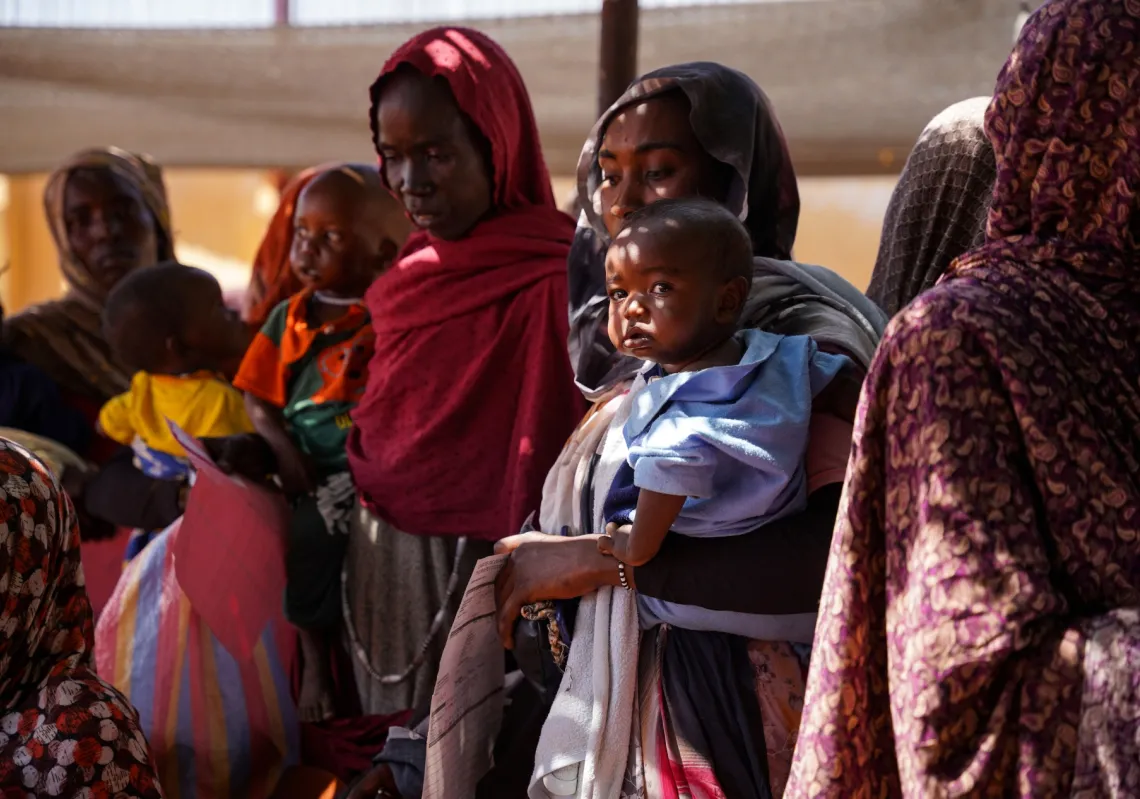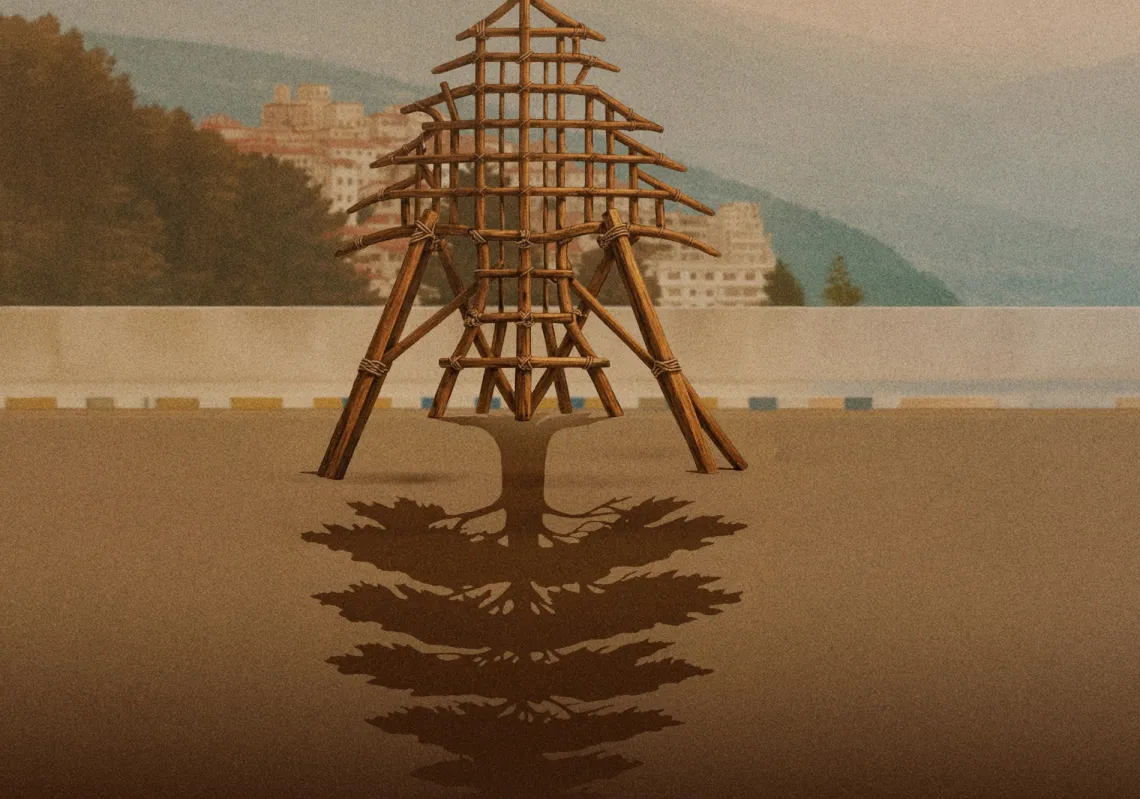War is back. The horrendous violence seen in Gaza, Azerbaijan, and Ukraine during 2023 has raised concerns that conflict may become increasingly frequent in the coming years.
Indeed, as Estonia’s foreign minister Margus Tsahkna told The Guardian in December, these developments, primarily Russia’s actions in Ukraine, risk a “return to an age of empires in which 'might is right', and everyone suffers.” Of course, in reality, war has never gone away.
The last decade has seen appalling civil wars in Syria, Yemen, Ethiopia, and Libya, to name but a few, all of which saw industrial-scale killing on a similar scale to today’s conflicts.
However, What seems to have changed is who is fighting and to what end. The civil wars of the 2010s were domestic conflicts. Though they dragged in foreign actors, some of whom fought each other indirectly, most of the time, the conflict was over who ruled the state in civil war.
The conflicts of 2023, in contrast, were wars between states. Russia is fighting Ukraine, Azerbaijan fought Armenia and Israel, though it does not recognise Hamas’s legitimacy, is treating Gaza as if it is a sovereign state. Moreover, unlike civil wars, the conflicts have a strong territorial component and are not really about who rules.
Russia is seeking to annex parts of eastern Ukraine. Azerbaijan has successfully retaken Nagorno-Karabakh and its environs, while Israel is talking of creating a buffer zone within Gaza to protect its own civilians from future attacks.
Elsewhere, rumours have swirled that Ethiopia might be considering a new attack on Eritrea to gain access to the port of Assab. In the new muscular environment that Tsahkna warns about, such wars of conquest over territory could become commonplace.
Read more: Maintaining a defensive-only posture in the Red Sea is risky
'Old wars' and 'New Wars'
When the Cold War ended, scholars and observers of conflict noted a shift in the patterns of warfare. The Cold War era had seen both inter-state and intra-state wars: those fought between states and those fought within states.
The US and USSR would often back one side, whether it was Washington supporting Israel and Moscow supporting Arab states in the many Arab-Israeli wars or the rivals backing different combatants in Vietnam, Afghanistan, Mozambique or Angola. But after 1990, the dial shifted away from inter-state wars, and civil wars came to dominate. The violence in Somalia, Rwanda and the former Yugoslavia was quite different from what had gone before.
One scholar, Professor Mary Kaldor of the London School of Economics, argued that these ‘New Wars’ differed from the ‘Old Wars’ of the Cold War and earlier. While the ‘Old Wars’ saw conventional armies, frequently from different states, fight one another, the ‘New Wars’ were more likely to be fought within states and by non-conventional means.
Non-state actors, like militias, were often combatants as much as state armies. At the same time, identity, such as religion or ethnicity, was more often a motivating factor than the ideologies, such as nationalism, communism and fascism, that drove ‘Old Wars’.
Kaldor added that such ‘New Wars’ are frequently financed not by state governments, as in the ‘Old Wars’, but rather through predatory means whereby actors benefit from continuing the war, such as extracting revenue from civilians or selling the key resources they control.

The civil wars of the 2010s appear to have been ‘New Wars’ that mostly match Kaldor’s description. Syria, Libya and Yemen were all intra-state wars fought as much by non-state militia as conventional armies.
In Syria, the regime of Bashar al-Assad used a conventional military. Still, it was supported by non-state Syrian militia, the Shabiha and later the National Defence Forces, as well as non-Syrian militia from Lebanon, Iraq, Iran, Afghanistan, and Pakistan.
Meanwhile, his rivals were all non-state actors of different political stripes. Ideology was a factor in the conflict, given it was primarily about whether al-Assad should rule. Still, identity did become a significant factor, with ethnic and religious divisions between Syria’s Arabs, Kurds, Sunnis, Alawis, Christians and Druze impacting who fought for whom.
Likewise, though foreign state governments did pour money into the conflict, the domestic actors also relied on extracting revenue internally to finance the war, with control of Syria’s eastern oil reserves helping to fund Kurdish fighters and a ‘checkpoint war economy’ allowing al-Assad’s forces and rebel groups to stay in the field.














